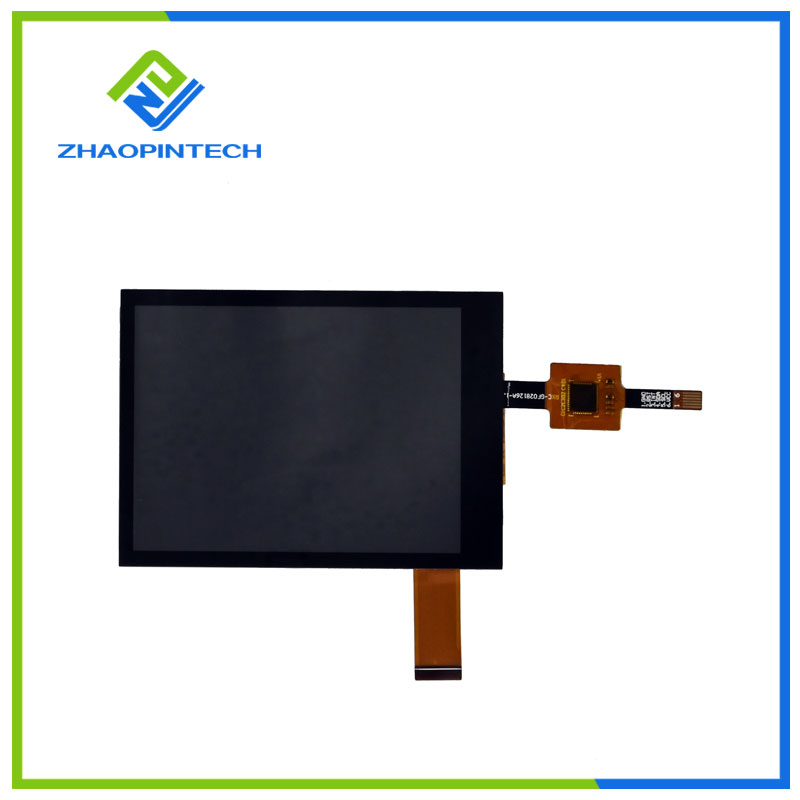Anti-migraine Device
An anti-migraine device is a medical device designed to help prevent, alleviate, or manage the symptoms of migraines and headaches. These devices often use various technologies, such as electrical stimulation, neurostimulation, or biofeedback, to provide relief from migraine pain and reduce the freq......
Send Inquiry
Product Description
An anti-migraine device is a medical device designed to help prevent, alleviate, or manage the symptoms of migraines and headaches. These devices often use various technologies, such as electrical stimulation, neurostimulation, or biofeedback, to provide relief from migraine pain and reduce the frequency or intensity of migraine attacks. Here's more information about anti-migraine devices:
Types of Anti-Migraine Devices:
1. Neurostimulation Devices:
- Transcranial Magnetic Stimulation (TMS): TMS devices use magnetic pulses to stimulate specific areas of the brain. This technology aims to disrupt the abnormal brain activity associated with migraines.
- Cranial Electrotherapy Stimulation (CES): CES devices deliver low-level electrical currents through electrodes placed on the head. They are believed to modulate brain activity and reduce migraine symptoms.
2. Wearable Devices:
- Cefaly: The Cefaly device is a wearable headband that uses neurostimulation to target the trigeminal nerve and modulate pain pathways associated with migraines.
- Nerivio: This wearable device is worn on the upper arm and uses smartphone-controlled electrical stimulation to treat migraine pain.
3. Biofeedback Devices:
- Relaxation and Stress Reduction: Biofeedback devices monitor physiological signals such as heart rate, muscle tension, and skin temperature. By learning to control these signals, users can reduce stress and tension, which are common migraine triggers.
- Respiration-Based: Some devices guide users through breathing exercises to promote relaxation and reduce stress, potentially decreasing migraine frequency.
4. Cold Compression Devices:
- Migraine Ice Packs: Specialized ice packs designed for migraine relief are worn on the head and neck to provide cold therapy, which can help reduce inflammation and pain during a migraine attack.
Benefits:
- Non-Invasive: Most anti-migraine devices are non-invasive and do not involve medication or surgery, making them suitable for individuals who prefer drug-free treatments.
- Drug-Free Option: These devices can offer an alternative to medication for managing migraine symptoms.
- Home Use: Many devices are designed for home use, allowing individuals to manage their migraine symptoms in the comfort of their own environment.
- Reduced Dependency: Anti-migraine devices can potentially reduce the need for pain medications and decrease the frequency of acute migraine treatments.
Considerations:
- Individual Response: The effectiveness of anti-migraine devices can vary among individuals. Some people experience significant relief, while others may not see the same level of benefit.
- Consultation with Healthcare Professional: Before using any anti-migraine device, it's important to consult with a healthcare professional, especially if you have a history of migraines or underlying medical conditions.
- Safety: Always follow the manufacturer's instructions for safe use of the device, and ensure that it is suitable for your specific condition.
- Treatment Plan: Anti-migraine devices are often most effective when used as part of a comprehensive treatment plan that may include lifestyle adjustments, trigger management, and other therapies.
While anti-migraine devices can offer relief to many individuals, they may not replace the need for medical advice or prescription medications, particularly for severe or chronic migraine conditions. It's important to work with your healthcare provider to determine the most appropriate treatment approach for your specific situation.










